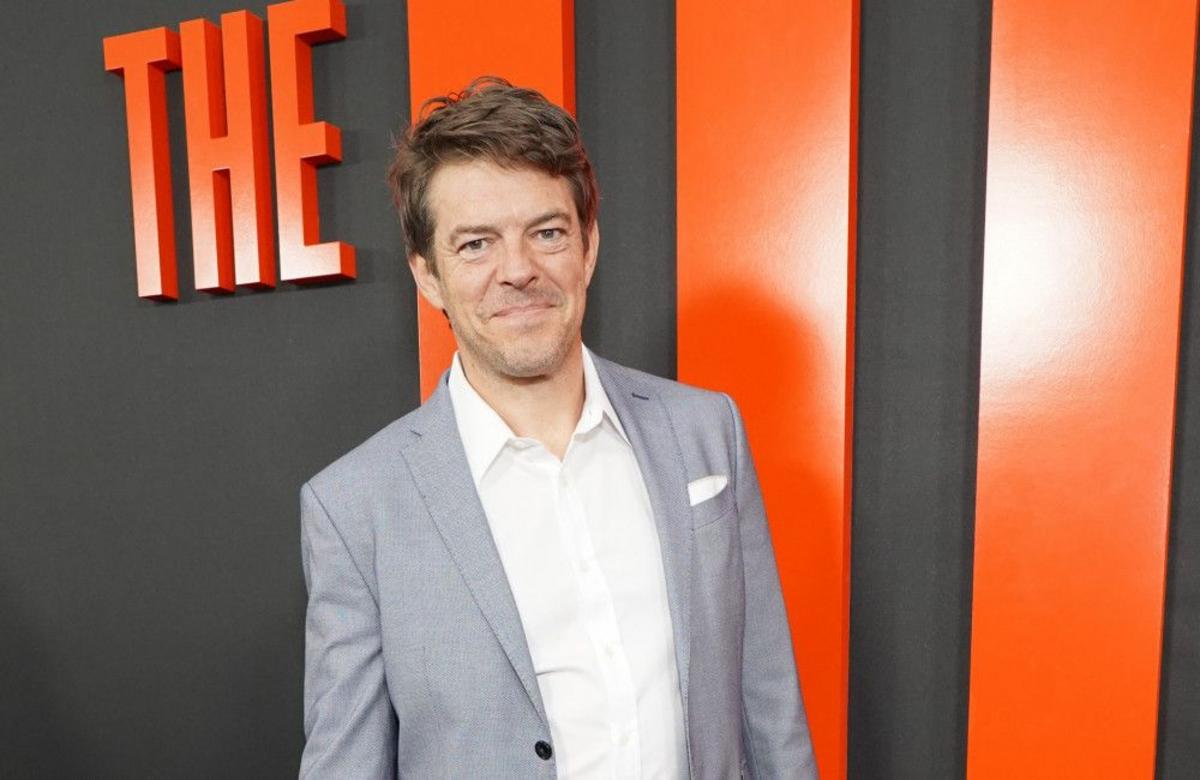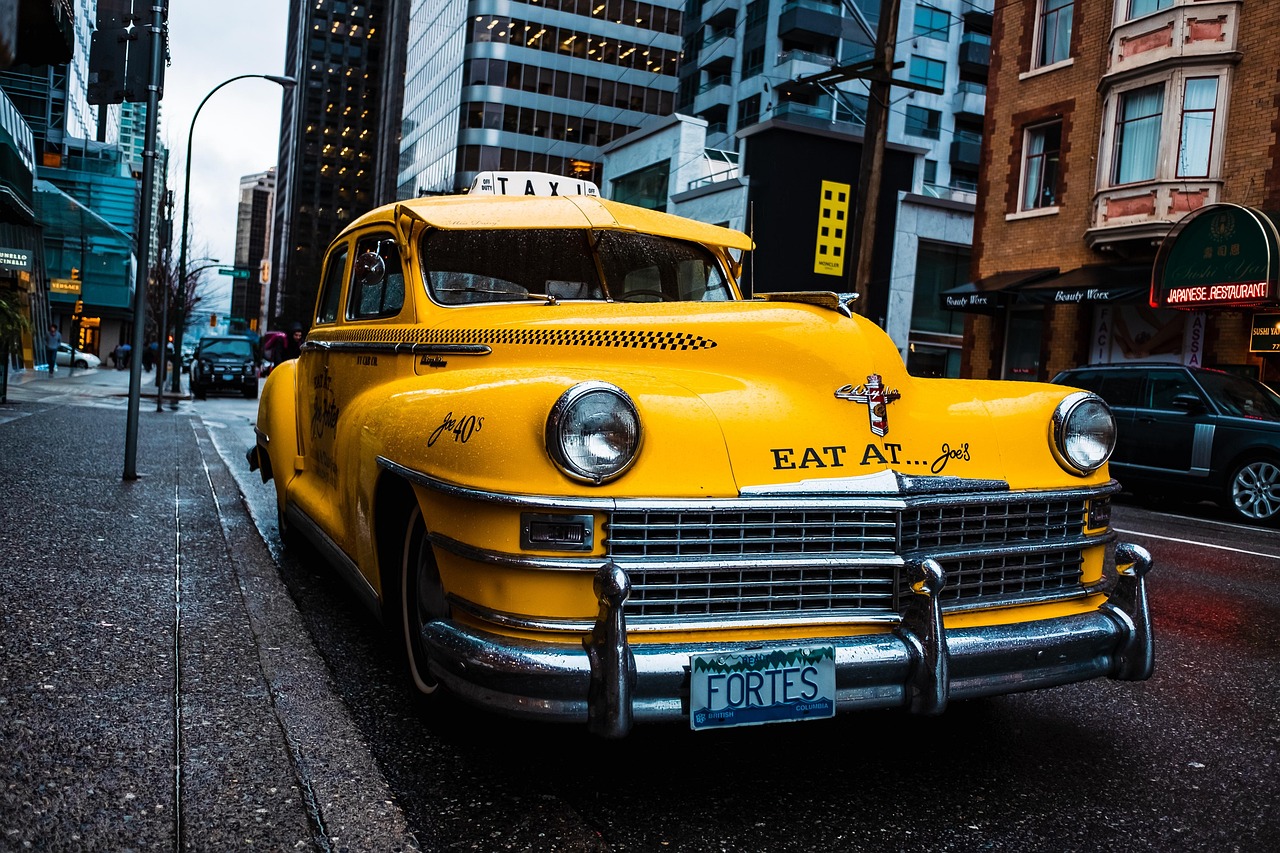Ask ten people what Canadian cinema means, and you’ll likely get eleven answers. Some might point to war documentaries or quiet family dramas. Others think of snow-covered landscapes, or English-language films that almost feel American — until they don’t. Many won’t think of anything at all. This isn’t because Canada lacks a film tradition. It’s because that tradition refuses to settle into a single shape.
Not a Genre, Not a Brand
Unlike some national cinemas — France with its auteur legacy, or South Korea with its recent genre-bending wave — Canada resists categorization. Its films don’t travel in a pack. They appear as individual voices: sometimes multilingual, sometimes silent, sometimes hybrid.
There is no singular tone that defines a “Canadian film.” A horror feature from rural Alberta, a poetic doc from Iqaluit, and a comedy made in Scarborough might share nothing stylistically — and yet all belong to the same map.
This unevenness is not a flaw. It’s the most honest reflection of the country’s structure — vast, multilingual, layered with overlapping identities.
The Absence of a National Mirror
For decades, Canadian filmmakers were asked to explain themselves. Why doesn’t the country have its own Hollywood? Why aren’t there more international hits? Why does it seem so quiet? But those questions came from the wrong direction. Canada never wanted to be loud on screen. It wanted to observe. To record. To linger.
Some of the most affecting films in the country’s history are the ones that feel like they’re watching the viewer back: Goin’ Down the Road (1970), The Sweet Hereafter (1997), or Stories We Tell (2012). These are works that don’t rush to declare what they are. They ask: who are you?
Film as Witness, Not Product
In many corners of the country, filmmaking has become less about entertainment and more about continuity — cultural, linguistic, and emotional. Especially among Indigenous creators, the camera serves a role that’s as archival as it is expressive. It’s not unusual to find a short film made in a local language with no subtitles. The story is told not through translation, but through rhythm, breath, and gesture. These works aren’t looking to cross borders — they’re rooted where they’re made.
The same applies to experimental filmmakers who shoot on 16mm in Winnipeg basements, or young artists in New Brunswick blending performance and fiction on borrowed DSLRs. These creators are not chasing the market. They are holding space.
The Quiet Infrastructure
Canada has no studio system in the American sense. What it has is a slow accumulation of support: regional cooperatives, micro-grants, public broadcasters, and film programs tucked into art schools. These are not glamorous, but they’re surprisingly sturdy.
A short film made with $5,000 and two borrowed lights might never be seen outside of Thunder Bay. But for the people who made it, it can mean the start of a life in film — or at least, a serious attempt at expression. What’s interesting is that many acclaimed Canadian directors started there and stayed close to those roots. Even those who found global recognition often return to small crews, regional topics, or hybrid formats.
Failure as Style
There’s also an odd comfort with imperfection in Canadian cinema. Some films embrace awkwardness, long silences, and open endings. Others seem to stop before they fully resolve. This is not laziness. It’s a choice. It’s as if the national style, if it exists, is one of restraint. The drama is often internal. The violence is hinted at. The humor is dry and almost apologetic. The film ends not with a bang, but with a question mark. This is not a cinema that tries to dazzle. It sits with you, quietly. And later — maybe much later — it lingers.
New Voices, Same Ghosts
There’s a new generation of Canadian filmmakers emerging, but they’re not interested in repeating what came before. They’re bringing drag, Afrofuturism, genre play, diaspora languages, and TikTok logic into the mix. And they’re doing it without waiting for anyone’s permission. Yet even within this new wave, something remains: a kind of internal echo. A desire to understand home, to measure memory, to process silence. The ghosts stay — they just speak differently now.
The Country That Watches Itself
Canada might be one of the only countries where the national cinema is mostly made up of films trying to define what “Canada” even means — and rarely finding a fixed answer.
That’s its greatest strength. These are not films about certainty. They’re films about looking, trying, and sometimes failing. And in that, they feel deeply human.
If Canada’s cinema has a shape, it’s the shape of attention — modest, personal, and never quite settled.




